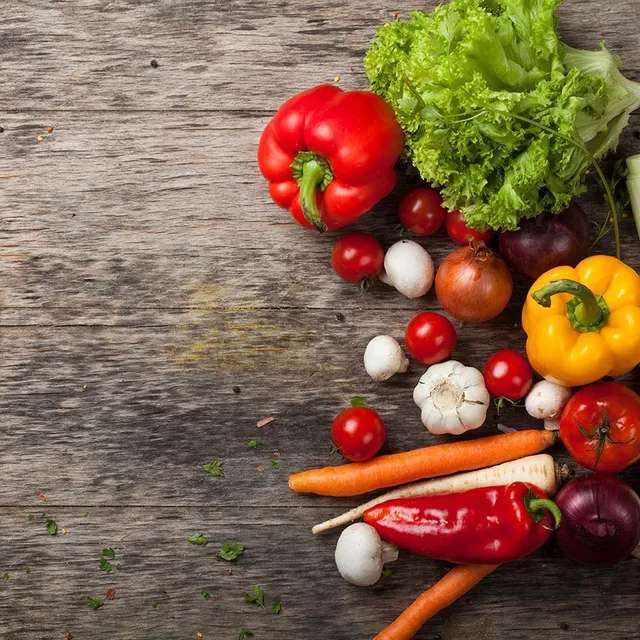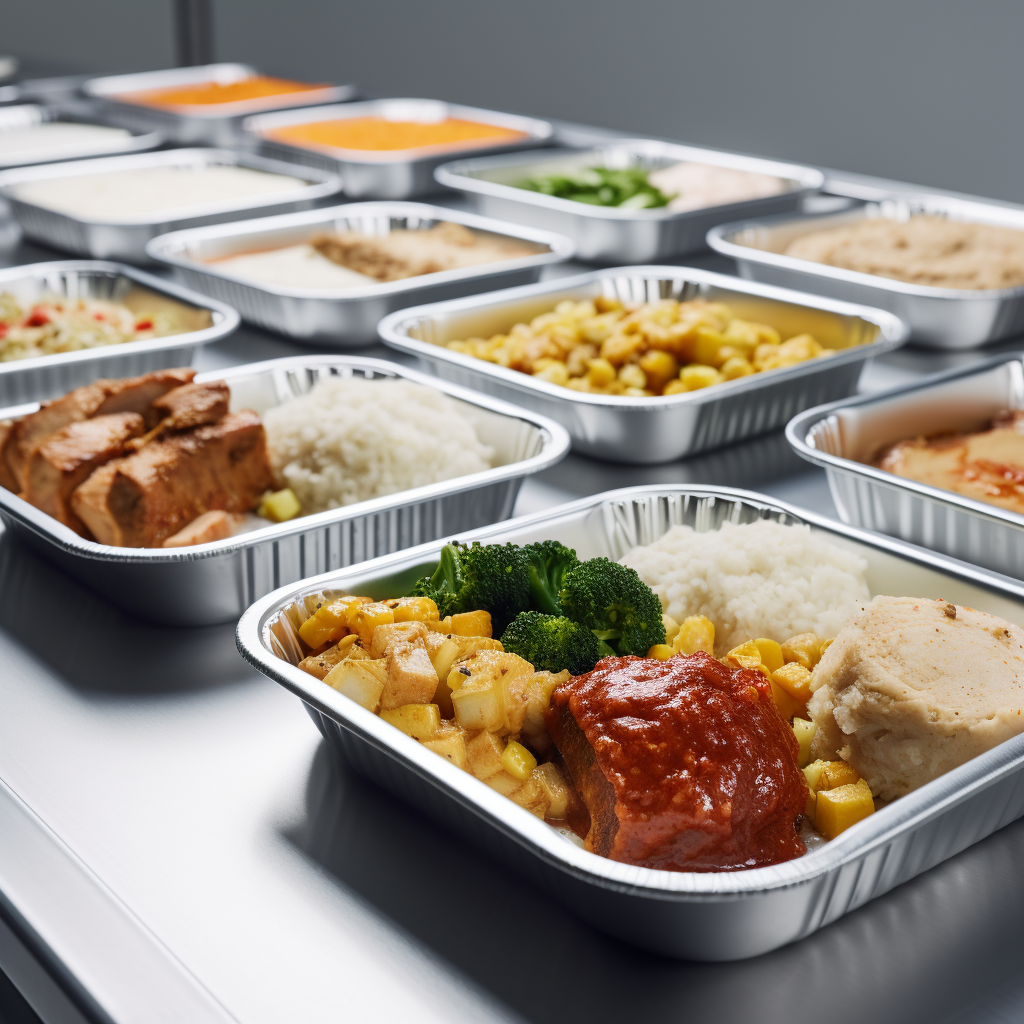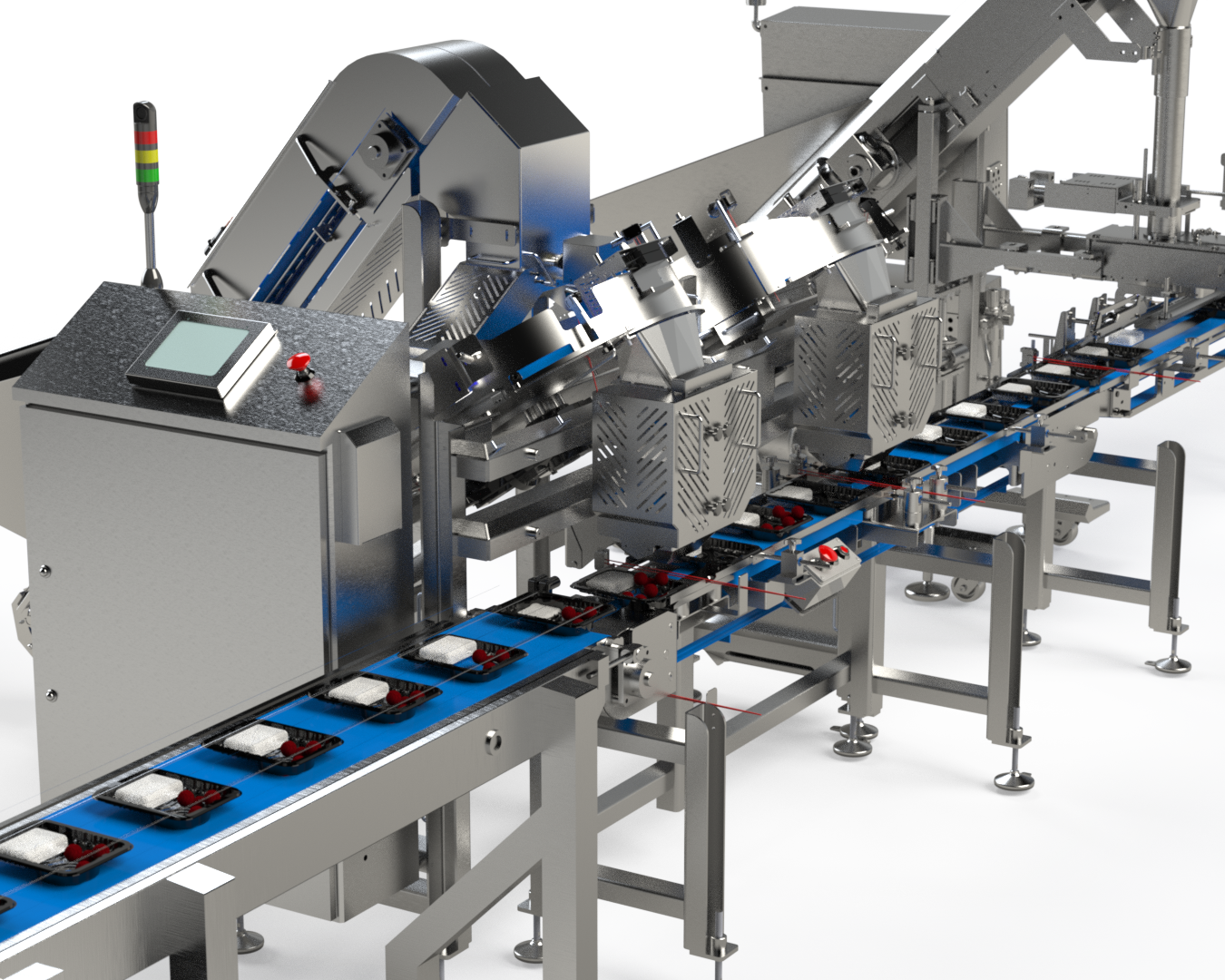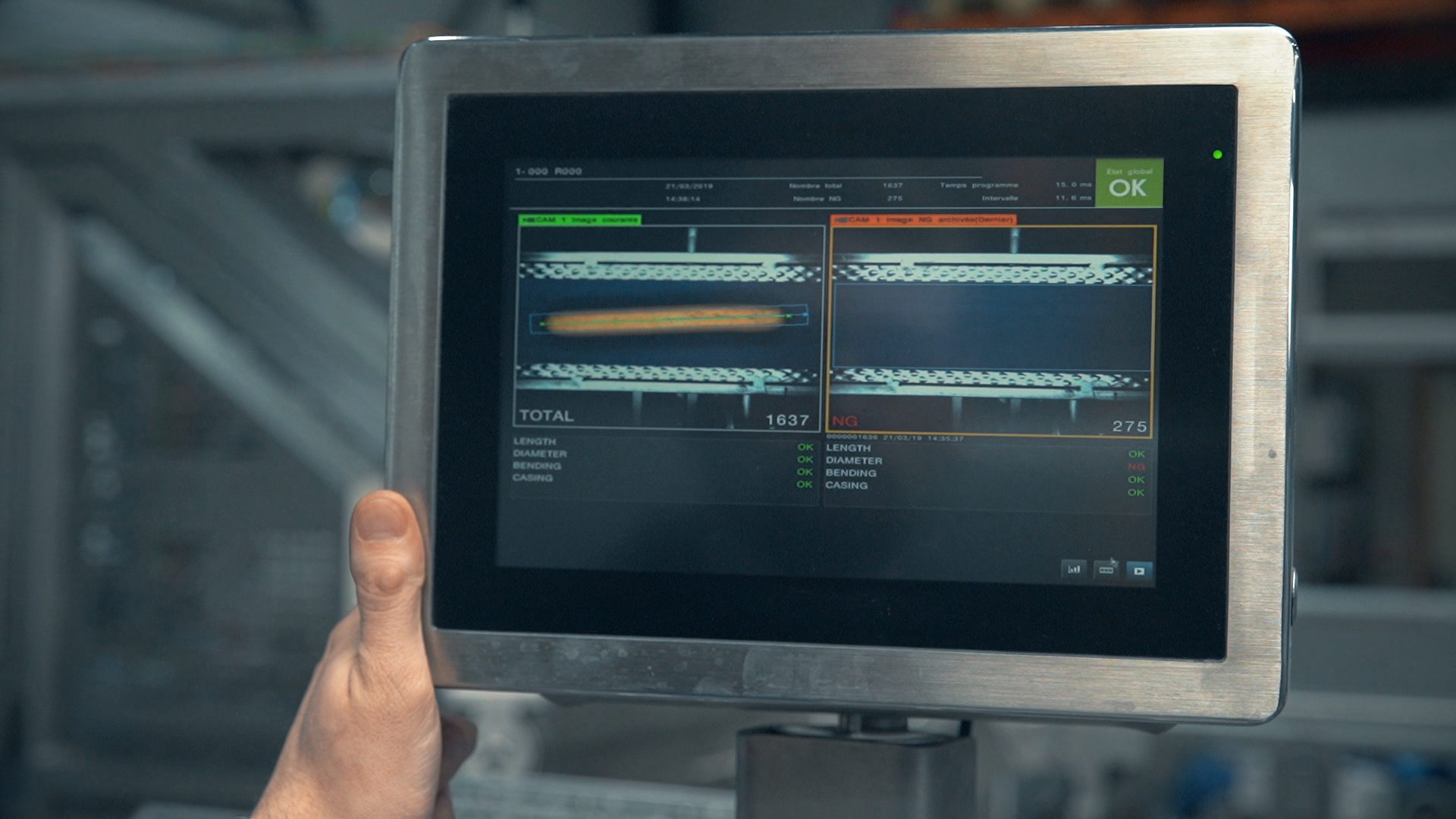Are Your Food Filling Systems Living Up to Evolving Expectations?

If there is ever an unending debate about food, it would be about “Processed foods are full of preservatives and bad for our health” versus “Processed foods are easy, convenient, and a must-have for our present lifestyles”. On the one hand, there is increased health awareness and decades of bad press around processed foods. On the other hand, there is an ever-growing demand for healthy processed foods that include whole grains, nutritious vegetables, organic meats, and contain less salt, sugar, or saturated fats. However, one thing is certain, processed foods continue to fulfill the needs of a large majority of American households that do not cook fresh meals regularly. In fact, studies show that processed foods make up 70% of the American diet.
Top Trends in the Food Processing Industry
What are processed foods? The most basic definition would be “A variety of operations by which raw materials are made suitable for consumption, cooking, or storage”. Applying appropriate scientific principles and techniques makes the food edible, palatable, and safe for immediate or future consumption, by slowing down the natural processes that cause
deterioration and decay.
Whether it is lifestyle preferences, or the lack of time, inclination, or cooking skills, the rising consumption of processed foods comes with growing expectations about:
- Health and safety: Are the ingredients or processing methods of the food healthier than their traditional versions? Is the food free from artificial or synthetic additives? Does it provide alternatives or cater to specific requirements, such as gluten-free, dairy-free, nut-free, plant-based meat, and other such options?
- Transparency: Is there comprehensive labeling of the ingredients and nutrient values?
- Sustainability: Is the food processing method sustainable? Does it minimize raw material wastage and reduce environmental impact?
As a processed foods business, you may have to look at a number of aspects in this context. Is your food processing unit equipped to meet the evolving expectations on healthy processed meals? Have you invested in
food filling solutions that comply with the applicable regulations or industry norms? Are your machine components suitable for the particulate
content, or heating or cooling requirements of the newer, healthier ingredients that go into processing the food?
Invest in the Right Equipment for Your Healthy Processed Foods Business
Keeping a close eye on trends in the healthy processed food business and catering to the systemic changes that enhance product or process quality would mean choosing the right equipment for your business. Multi-Fill’s world-class food filling machines offer innovative designs and smart features, along with unbeatable quality and versatility. Whether it is sanitary design , high-speed capabilities, container systems compatibility, or regulatory compliance, our food filling solutions exceed expectations on all aspects of food processing.
We offer a range of pocket fillers and food depositors for varying requirements, including lower speed production lines, pilot plant operations, or high-speed lines with large volumes and stickier products. Clients across the processed food industry rely on us for their batch feeders, volumetric fillers, food depositors, pocket fillers and more.
To explore the world-class food filling machines from Multi-Fill, call 801-280-1570 or contact us
online .
Designing a food filling line: Product is king

















